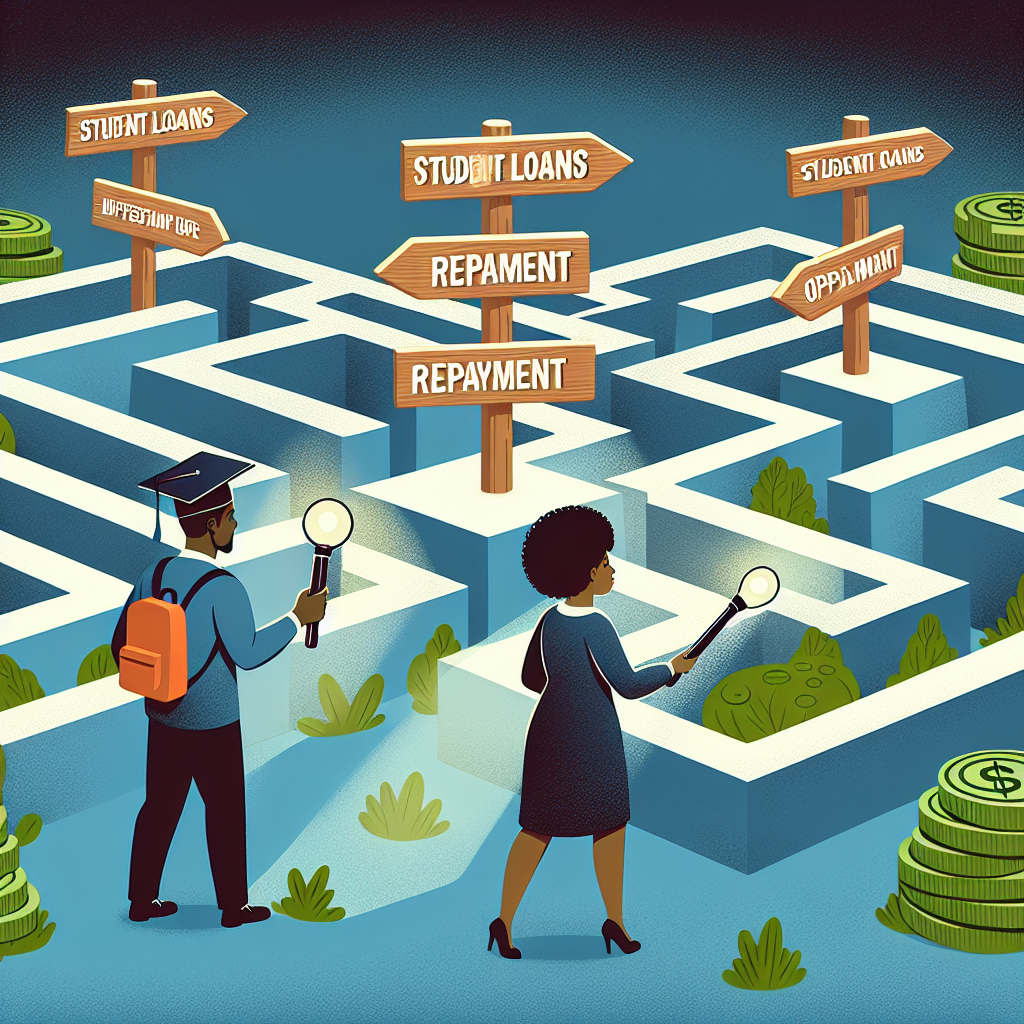For many recent college graduates, dealing with student loans can be a challenge. Understanding the repayment options is crucial to managing this debt effectively and ensuring a sound financial future.
This article will delve into the intricacies of student loan repayment, starting with an introduction to the different types of student loans and then exploring various repayment options, including forgiveness programs. Finally, we will share some effective strategies to help you better manage your loans and financial life.
Many new graduates are unaware of the complexities of student loans. Delving into the details can help you better plan your repayment strategy.
Student loans are primarily divided into two categories: federal loans and private loans. While both types of loans can assist you in completing your education, as a recent graduate, it’s essential to understand the distinctions between them.
– Federal loans are issued by the US federal government. Generally, these loans have lower and fixed interest rates, with more flexible repayment options compared to many private loans. Federal loans include Direct Subsidized Loans, Direct Unsubsidized Loans, and Parent PLUS Loans.
– Private loans are provided by banks or other private financial institutions. These loans typically have higher interest rates, which may be variable. They also offer fewer repayment choices. Hence, many students prioritize federal loans and only consider private loans when other options like parental support, scholarships, grants, and federal loans are insufficient.
Understanding how interest rates impact your loan and repayment is crucial, especially in determining the total amount you’ll eventually need to repay. Federal loans usually have fixed interest rates, while private loan rates may be variable, meaning they could fluctuate over time.
Once you understand the type of loan you have, the next step is to select a repayment plan. For federal student loans, several common repayment options include:
– Standard Repayment Plan: Fixed monthly payments over a 10-year term.
– Graduated Repayment Plan: Payments start low and increase every two years over a 10-year period.
– Extended Repayment Plan: Lower monthly payments over a repayment term of up to 25 years.
– Income-Driven Repayment Plan (IDR): Monthly payments are based on your income and family size. This includes Income-Based Repayment (IBR), Pay As You Earn (PAYE), and Revised Pay As You Earn (REPAYE).
Repayment options for private loans vary significantly depending on the lending institution. Some banks allow you to pay only interest during your time in school, while others may require full repayment immediately upon graduation.
Certain federal student loan borrowers may qualify for loan forgiveness, cancellation, or discharge under specific conditions. These programs can significantly reduce or fully eliminate your outstanding loan balance.
– Public Service Loan Forgiveness (PSLF): If you work full-time for an eligible employer (usually government or non-profit organizations) and make 120 qualifying monthly payments under an eligible repayment plan, the remaining loan balance can be forgiven.
– Teacher Loan Forgiveness: Applies to full-time teachers with five consecutive years of service in low-income schools.
– Total and Permanent Disability Discharge: Federal loans can be canceled if the borrower is deemed totally and permanently disabled.
– Borrower Defense to Repayment Discharge: You may be eligible for loan discharge if your school engaged in fraud or misconduct.
Organize all loan documents together. Create a list detailing each loan’s lender, amount, interest rate, and repayment due date.
Many loan servicers offer a small interest rate discount for setting up automatic payments. This also helps prevent missing repayment deadlines.
Even making small additional payments can reduce interest costs and shorten the repayment period. Ensure any extra funds go towards paying down the principal amount.
If you find it challenging to make loan payments, do not avoid the issue. Contact your loan servicer promptly. They may help you adjust your repayment plan, defer payments, or apply for forbearance.
Policies and programs related to student loans can change. Subscribe to updates from federal student aid websites or regularly check for new repayment or forgiveness policies.
Repaying student loans can feel overwhelming, but armed with the right information and strategies, you can take control. Understand your loans, know your repayment options, tackle challenges proactively to alleviate stress, maintain financial stability, and face the future with confidence.

